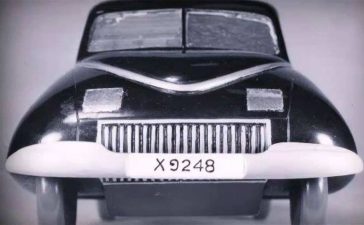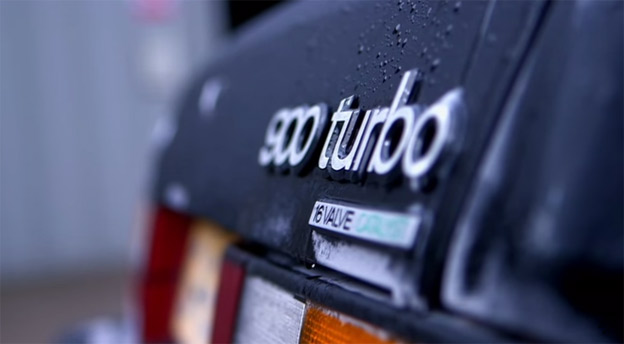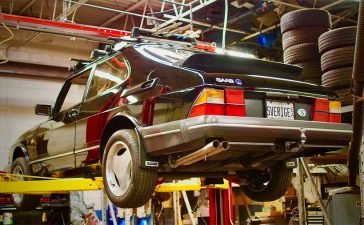In the world of classic cars, few vehicles stir the soul like the Saab Sonett III. The latest video from WD Detailing, which documents the revival of a Sonett III abandoned since 1999, is more than a detailing story—it’s a dive into automotive history.
Table of Contents
The Evolution of the Sonett III
The Saab Sonett III, a 1970 redesign of the Sonett V4, embodies a rich history of design and engineering. Initially conceptualized by Sergio Coggiola, its final form was the result of modifications by Gunnar A. Sjögren to fit the existing Sonett II chassis. This model saw several distinctive changes, such as the hinged rear-window glass replacing the previous hatch door, and a small front popup panel replacing the earlier “bulge” on the hood.
Adapting to American Tastes
In a nod to American market preferences, the Sonett III introduced a floor-mounted shifter, diverging from the Sonett V4’s column-mounted shifter. This model also offered optional dealer-installed air conditioning, catering to the evolving needs of its clientele. The Sonett III’s manually operated hidden headlamps were a unique feature, although the post-1972 US safety regulations necessitated the addition of impact-proof bumpers, altering its sleek Italian-inspired design.
Technical Innovations and Challenges
Under the hood, the Sonett III initially housed the same 1500 cc Ford Taunus V4 engine as its predecessor. However, to comply with emission control standards, horsepower was curtailed. From 1972 to 1974, a 1700 cc Ford V4 engine was used, but the net power output remained at 65 horsepower due to federal regulations. Notably, the Sonett III could accelerate from 0–100 km/h in 13 seconds, reaching a top speed of 165 km/h, thanks to a higher differential gear ratio and an impressive drag coefficient of 0.31 cd.

Production and Legacy
Despite its innovative features, the Sonett III struggled with disappointing sales, especially during the 1973 oil crisis. This led to the cessation of its production in late 1974, with a total of 8,368 units manufactured. The cumulative production of the Sonett II, Sonett V4, and Sonett III models reached 10,236 units.
Intriguingly, Saab USA’s president Jonas Kjellberg once considered a new generation of Sonett in collaboration with Reliant, styled by Tom Karen of Ogle Design. However, this project was shelved due to Saab’s board rejecting the proposal.
A Rare Experiment
Adding to its mystique, Saab used the Sonett III for test builds powered by a Rankine cycle steam engine, a testament to their innovative spirit. One of these rare prototypes survived and was auctioned in Stockholm in July 2019.
The Journey of a Classic, from 1970 to WD Detailing’s Garage
The WD Detailing video does more than showcase the remarkable transformation of a Saab Sonett III. It takes us on a journey through the car’s history, from its conception and design evolution to its technical specifications and eventual decline in production. The restoration of this classic is not just a tribute to its past glory but also a celebration of the innovative spirit embodied in the Sonett III.
Discover this incredible journey and more about the Saab Sonett III in WD Detailing’s latest video:
We invite your thoughts and comments on this unique piece of automotive history and its stunning revival!












I do not know what SAAB’s own crash testing showed with the seatbelt latch, but I did have experience with those in an accident in a contemporary model 99 that used the same set up. They did their job just fine. I suspect SAAB switched over to the more common buckle style to reduce the size of the latching mechanism.
RE: the rocker panels. While cleaning the outside to make them look good is worthwhile, what needs far more attention is inside the rock panel. These are notorious for collecting moisture in the cavity and rusting from the inside out.
How wonderful! Since it is fiberglass, then cleanup should have been quite easy.